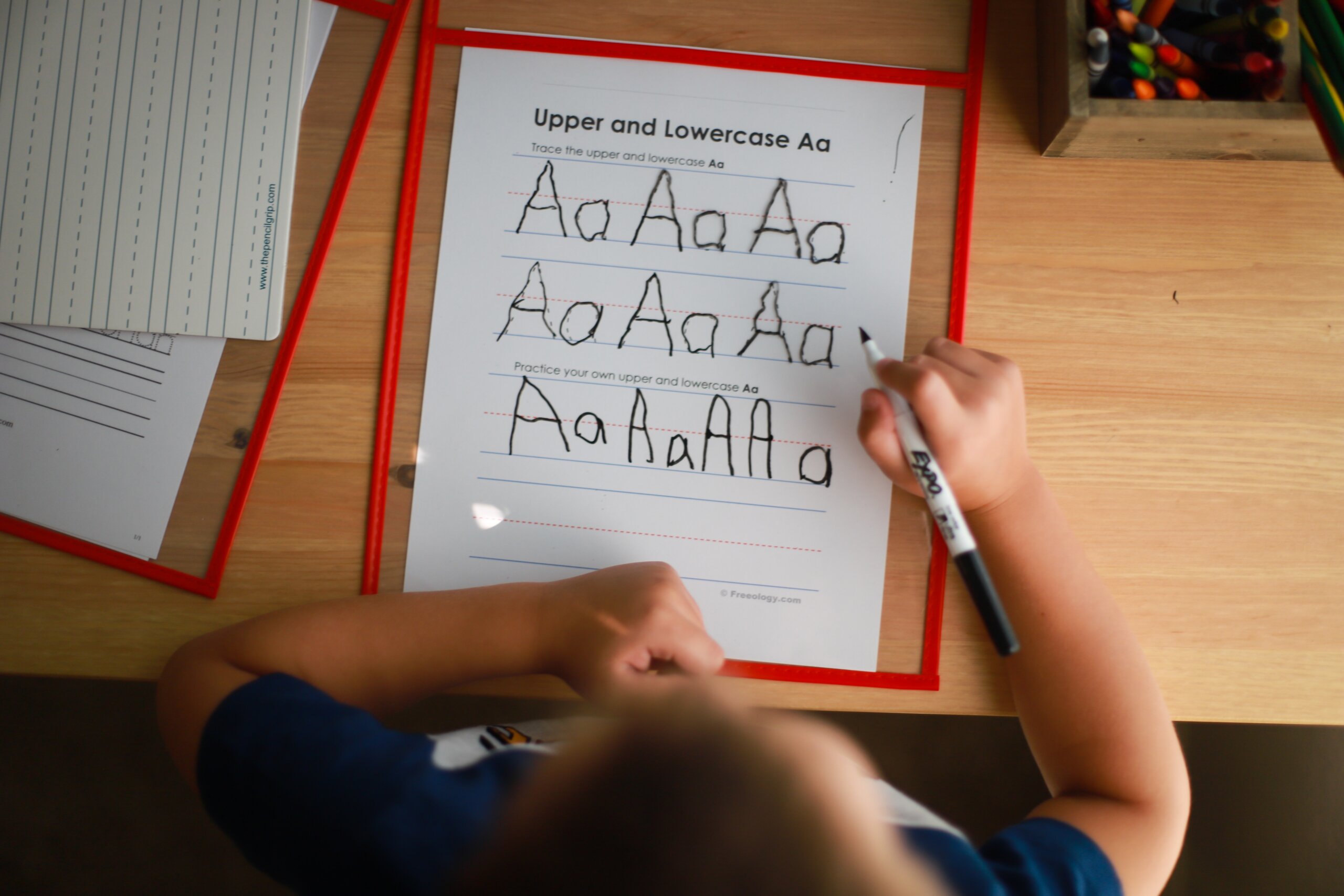The Power of the Partial Rejection
An Individualized Education Program (IEP) is a legal document that guides the delivery of special education services and supports for a student. After a school district proposes an IEP, parents, who are members of their child’s special education Team, have an opportunity to respond.
A family can accept, reject, or reject an IEP in part.
Whenever a dispute exists, I almost always advise rejecting an IEP in part (a partial rejection).
When a family fully accepts an IEP, they are telling the school district that they agree wholeheartedly with its proposal. A full acceptance signifies that there is no disagreement. The Massachusetts Bureau of Special Education Appeals (BSEA) has consistently held that it will not consider disputes over past IEPs that were accepted in full. Hearing officers have said, “Without a showing of lack of notice of parental options and due process rights, lack of meaningful parental participation in the development of the IEP, or any other procedural impropriety, the BSEA does not revisit accepted expired IEPs.” (Sudbury Public Schools – BSEA # 05-4726 and 05-4827)
On the other hand, a partial rejection makes clear that a family does not agree with the program a school district is proposing. A partial rejection also preserves the right to later seek compensatory services — services to “make-up” for the inappropriate program.
A partial rejection does not necessarily mean a family refuses special education services offered. By partially rejecting an IEP and including a cover letter or email, a family can clarify that they are allowing a school district to implement its proposed program as written, but are rejecting the program to the extent that their child needs services beyond those proposed to make effective progress. This process tells a school district that there is a disagreement, but it should still provide services.
If parents have already accepted an IEP and have concerns about whether it is appropriate, they can rescind their acceptance at any time and partially reject instead by sending a letter or email to a school district.


